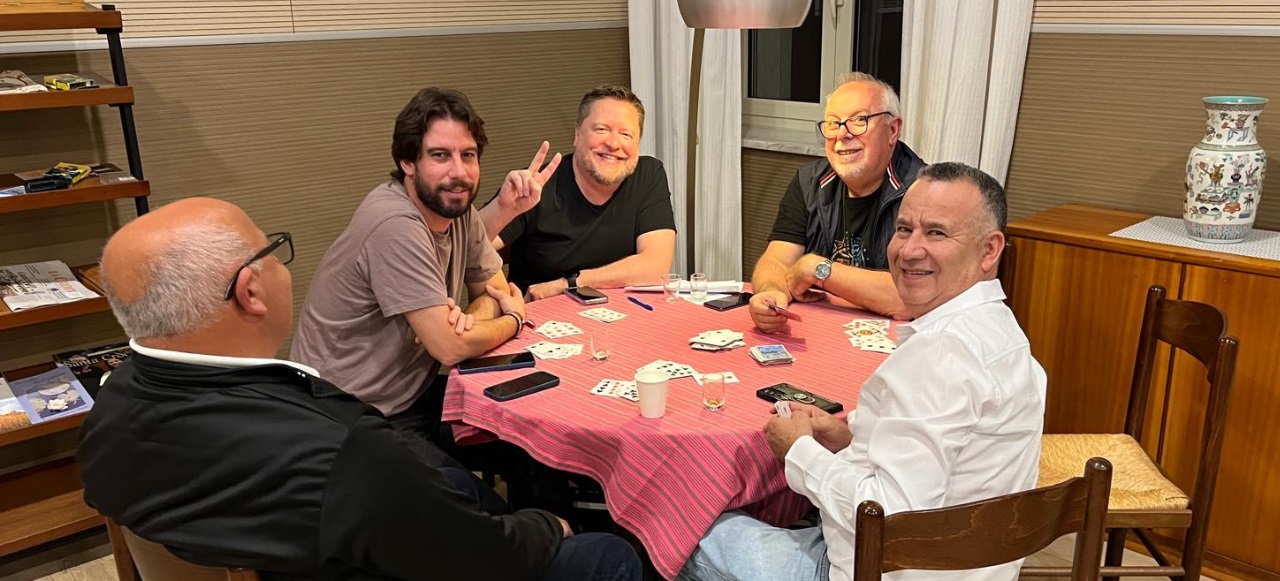Transforming District Structures into Thriving Communities
“Community.” The very term is a source of diverse reactions for many Oblates. Whether one values community as a value in its own right, or as a form of Apostolic witness, or simply as a needed support for mission, or even as a difficulty, the experiences and expectations are as varied as the members of our Congregation.
Our Constitutions and Rules, however, are clear in their basic expectations and are easily found in CCRR 91-95. There are many powerful values for Community throughout the CCRR and various Chapter Documents. (e.g., see Frank Santucci, OMI’s article on “Community” in the Dictionary of Oblate Values, link here: COMMUNITY | OMI World) A brief summary of the main points would be: a community of 3 or more Oblates, modeling their life on Jesus gathered with his Apostles, sharing apostolic zeal, common apostolate, fraternal and spiritual support, material resources, regular prayer, meals, recreation, and meetings.
This is a real challenge to live, but it has never been considered optional. Doing so under one roof has always been the clear preference for Community life in our Congregation. However, for almost three years, the possibility of living in Districts has been officially recognized as a form of community for Oblates. This option raises several important points for consideration.
Districts have been effective and welcome ways to communicate, discern, and build a unit’s bonds beyond the local community. Recognizing Districts as Communities does not mean that these helpful animation structures are now “good enough” to count as a real community. In fact, District Communities are meant precisely to strengthen the common life and witness for those of us who do not live together in a common residence.
How do we make vibrant District Communities, regularly sharing apostolic projects, prayer, meals, meetings, and finding fraternal support? The logistics are difficult, but I’ve seen some rather creative responses in my many travels around the Oblate World. None were complete; all were good and helpful in their context. Consider these practices:
- Several meals a week were shared in one residence; all ministry sites contributed to the costs of those meals. It also saved on hiring multiple cooks at each site.
- In one district where people live relatively close, they all had keys to each other’s residences. The local ministry staff knew and recognized all the Oblates and supported their local Oblate in making the others feel welcome.
- Oblates ministering in a single large town kept Sunday evenings as a sacred time to gather for prayer, a meal, and sharing after all weekend ministries were completed.
- In another rural district, with over an hour’s drive between most ministry sites, they used a similar model. They gathered at a single, larger rectory with a few extra bedrooms, making it a weekly overnight gathering for those who lived at greater distances.
- In districts or even house communities where many members traveled, members regularly used WhatsApp or other social media for dedicated, personal (not business!) communication to share what was happening with each other.
- Some simply called, texted, or emailed to say, “Hi.” Little communications can mean a lot, especially at great distances.
- In one highly remote and distant area, visiting each other meant long, expensive plane rides or ferry boat rides. All the members of the district reserved the same 2 hours every week for a conference call. Some prayer, checking in, and business were all done weekly.
- Some districts had a single, independent Oblate residence where several days were spent together each week, and then weekends were spent away at varied distant ministry sites. Technically speaking, this is a Constituted House; however, I know of at least three situations where this hybrid model worked very well. It provided the ideal of living community under a single roof, where it might not have been considered.)
Not every option above could work for every district community, but some could probably be adapted for yours. No doubt many reading this article could easily expand the list. What might you add?
While proximity and agreed-upon schedules are very helpful, the most important requirements for a healthy community are far more attainable than we might admit.These refer to our attitudes and choices, including:
- the FAITH to live our “Book of Life,” the Constitutions and Rules, with the attention they deserve,
- the HUMILITY to risk oneself for other Oblates,
- the personal CHOICE to build community,
- the DISCIPLINE to make and observe community commitments, and
- the CREATIVITY to make it possible when conditions are challenging.
This holds true for all our Oblate communities, regardless of whether they reside in a District or under the same roof.
by James Brobst, OMI – General Councillor for Canada-US
Published on the OMI World website


